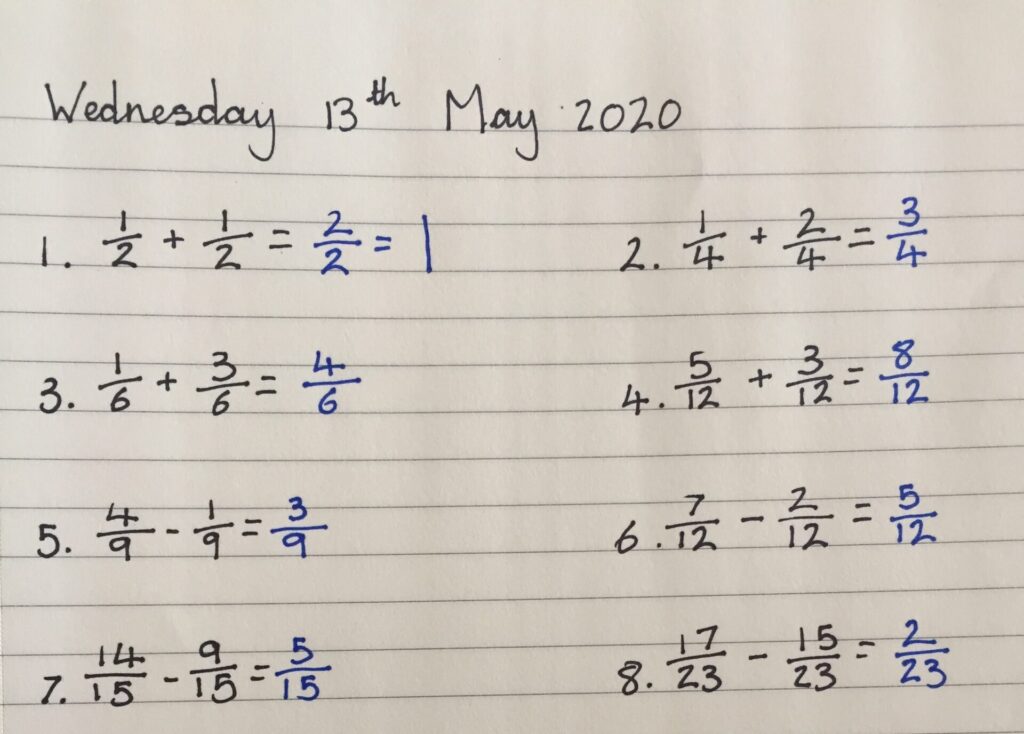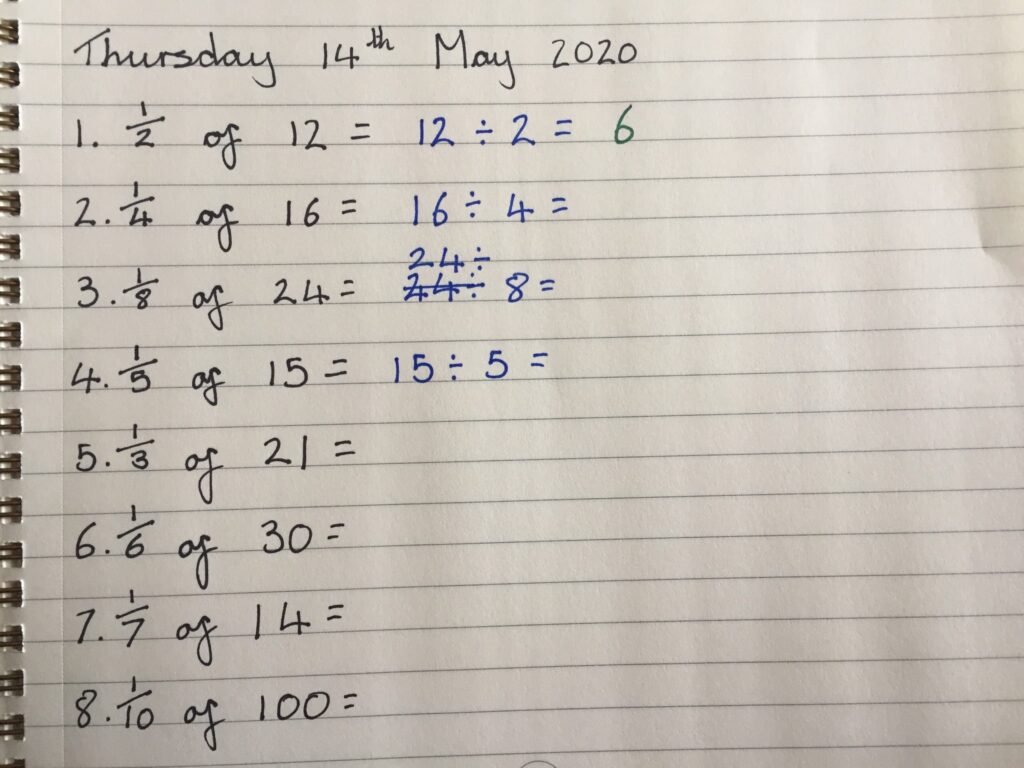Hello Discoverers,
Thank you for showing me your poem starters yesterday, they are sounding amazing. I can’t wait to see the finished results.
Today, in English, I would love you to finish writing your poem. There are no rules: it can rhyme or not rhyme, it can be as long or as short as you want, and it can have a silly twist. Poems usually include lots of description. Think about the adjectives, similes and metaphors that you used within your setting description, and try to think of some that will fit into your poem.
Also, if you looked at the link earlier in the week, it talks about the use of repetition in a poem, see if you can repeat a line, or a verse, to make it catchy and memorable.
Here is the link for Michael Rosen’s youtube channel, I know that you loved his ‘Chocolate Cake’ poem, so thought you might like to see more. https://www.youtube.com/MichaelRosenOfficial
I have also included this example for you, to show that a poem can be written however you want, and decorated how you want.
Most importantly, have fun writing it!

Here are your answers for yesterday’s fraction questions. How did you find adding and subtracting fractions?
Today, we are moving on to looking at: finding fractions of amounts.
In my example, I have completed the first one for you, to show you how to find the answer. I have then continued to show my working, but not the answer, for the following three questions, and then the remaining four I am hoping you will be able to manage yourself.
Remember, to find a fraction of an amount, you simply divide the amount by the denominator (number on the bottom of the fraction).
Have a go, and let me know how you get on.


In science, we have been looking at food chains. You have watched clips about different food chains, and yesterday focused on a farm. Today, I would like you to consider a food chain that may be occurring in your garden, or your nearby grassy-area. Which food chain may be there?
Spend some time outdoors, observing the producers (plants) and consumers (animals) that you may see. The predators may not be in sight, as they like to catch the consumers off guard. You may be able to think about which animal might like to eat the consumer, without seeing them.
You can write names, or draw your food chain.
Here are some examples for you:

Have a wonderful day,
Mrs Taylor
